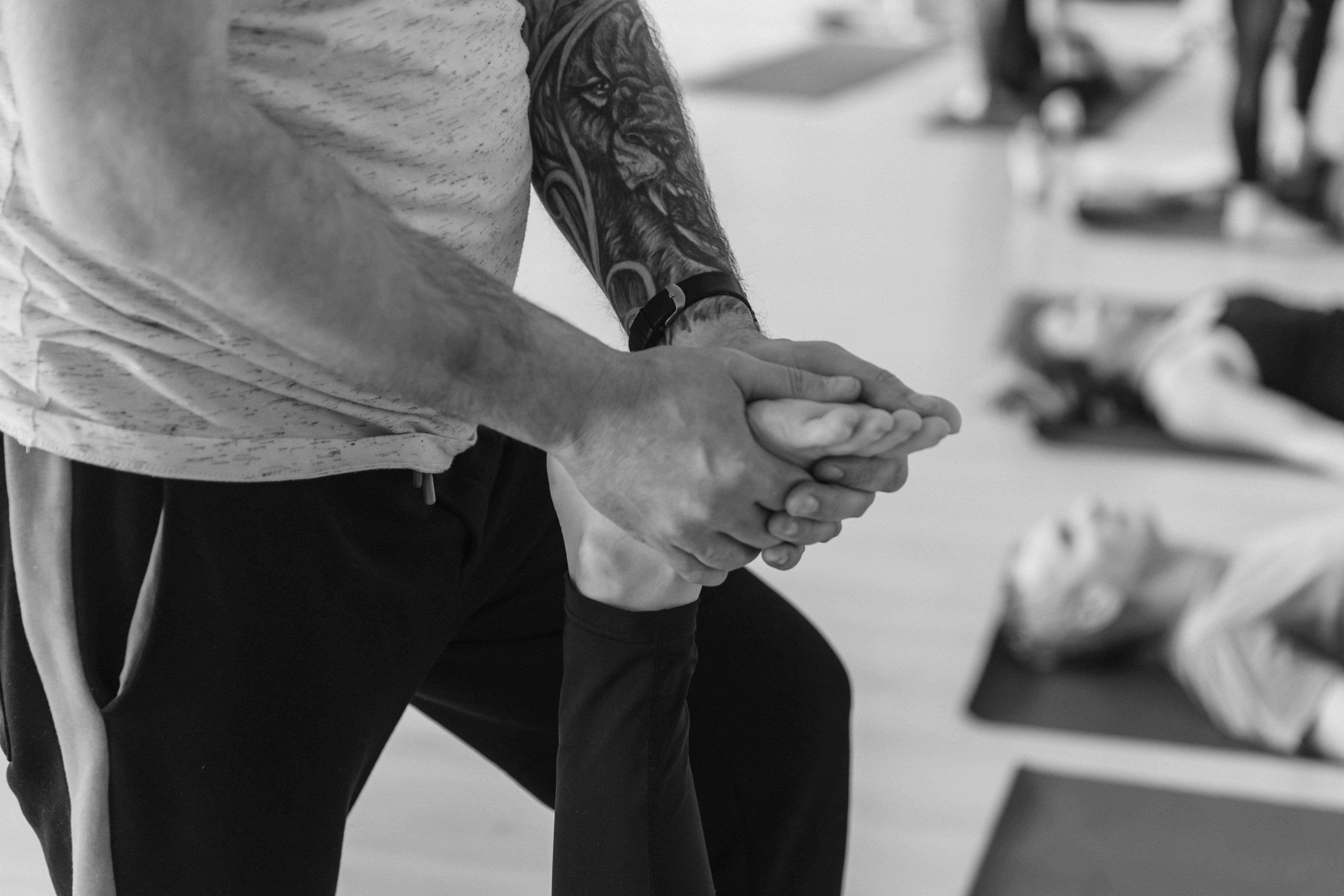PERIPHERAL NEUROMUSCULAR FACILITATION
Proprioceptive neuromuscular facilitation (PNF) is common practice for increasing range of motion, though little research has been done to evaluate theories behind it. The purpose of this study was to review possible mechanisms, proposed theories, and physiological changes that occur due to proprioceptive neuromuscular facilitation techniques. Four theoretical mechanisms were identified: autogenic inhibition, reciprocal inhibition, stress relaxation, and the gate control theory. The studies suggest that a combination of these four mechanisms enhance range of motion. When completed prior to exercise, proprioceptive neuromuscular facilitation decreases performance in maximal effort exercises. When this stretching technique is performed consistently and post exercise, it increases athletic performance, along with range of motion. Little investigation has been done regarding the theoretical mechanisms of proprioceptive neuromuscular facilitation, though four mechanisms were identified from the literature. As stated, the main goal of proprioceptive neuromuscular facilitation is to increase range of motion and performance. Studies found both of these to be true when completed under the correct conditions.

